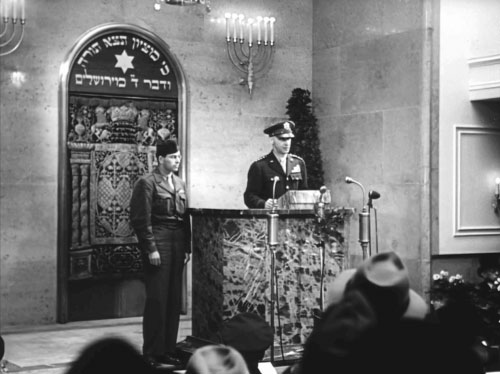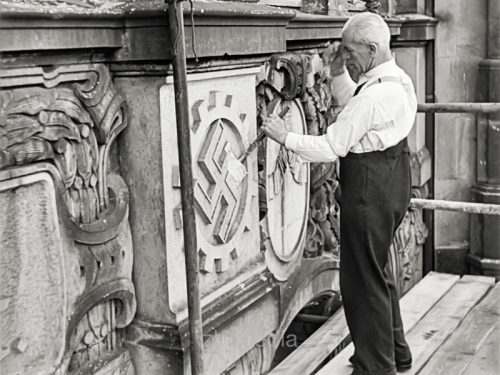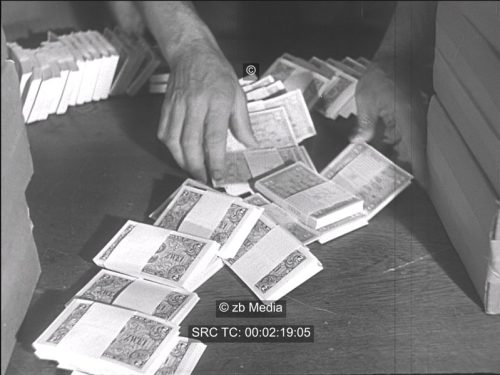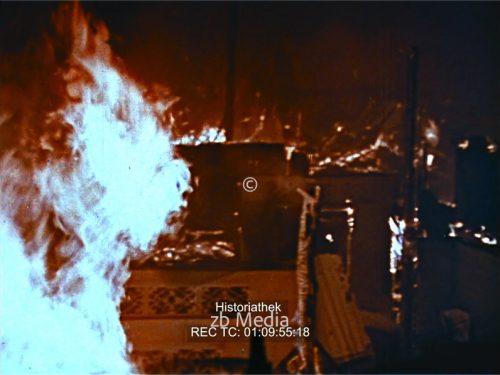Reopening of the Munich Synagogue in 1947
This newsreel clip shows the reopening of the Munich Synagogue in 1947, a step towards the revival of Jewish life in Germany. It calls on us to stand up against all forms of anti-Semitism and to protect our Jewish fellow citizens
Historical context
The reopening of the Munich Synagogue in 1947 marked an important moment in the history of the Jewish community in Germany after the Holocaust.
Before the Second World War, Munich had a thriving Jewish community. However, the main synagogue was destroyed in 1938 by order of the Nazis, and Munich’s Jewish population was massively decimated during the Holocaust.
After the end of the Second World War, some surviving Jews returned to Munich or came to the city as displaced persons (DPs). They began to rebuild their religious and cultural life.
The official reopening of the synagogue in Munich took place on 7 November 1947. This was not the original main synagogue, which had been destroyed, but the building of the old synagogue in Reichenbachstraße, which served as a replacement. The reopening became a symbol of the Jewish community’s will to survive and renew itself.
The reopening of the synagogue was of great symbolic importance. That is why General Lucius D. Clay also attended the opening. It showed that despite the persecution and destruction that the Jewish community had suffered, Jewish life in Munich was able to regain a foothold. It was a sign of hope and a new beginning.
The reopening was seen by many as a sign that it was possible to build a future from the ruins of the war and the Holocaust. It enabled the Jewish community to have a place for prayer, fellowship and culture.





